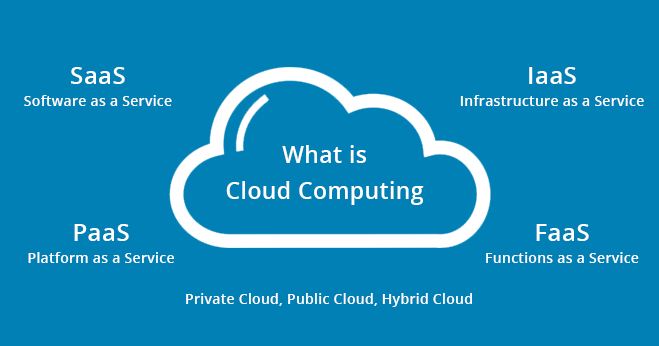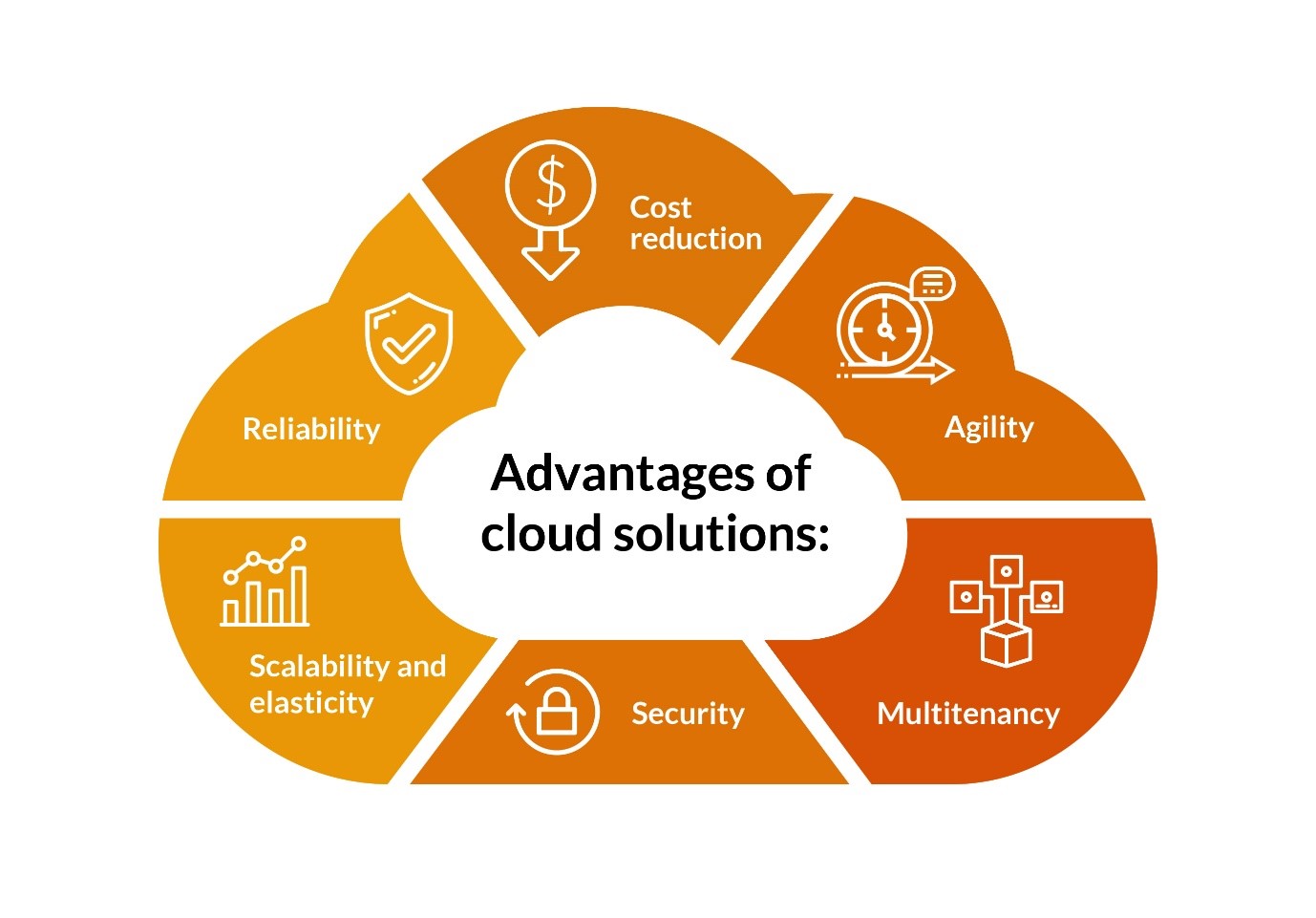Cloud computing is perhaps not a term often heard in daily conversations, but it is one with a far-reaching impact on our technological needs. From expansive options of online data storage to numerous suites of web-based productivity tools like Google Workspace, nearly everyone has used a cloud-enabled technology.
So how does cloud computing work, and why is it crucial in custom software development? This article will provide critical insights and information to help you decide whether cloud adoption is the right call for your business.
Overview of Cloud Computing
In essence, cloud computing runs on the same principles as every other computer network. It houses an interconnected ecosystem of architectures and hardware that enable a variety of devices to engage in a seamless exchange of information. Unlike its conventional counterparts, which require strict on-premise support, cloud computing grants easy access to shared computing resources through the Internet. These resources encompass networks, servers, databases, operating systems, frameworks, software applications, etc. With this, companies only pay for services they take up and scale operations in any direction according to their needs. This process eliminates the need for lengthy procurement and recalibration of resources and tools during each use, as cloud providers already bundle the services into pools and commission them as required.
Different types of cloud computing

By distribution
As the technology undergoes an unprecedented boom, cloud offerings have also diversified to accommodate various markets. In terms of service distribution, the technology’s accessibility and engagement are the primary qualities that form the basis of the classification.
Public clouds are the most common type, with giant providers like Amazon Web Service (AWS), Microsoft Azure, and Google Cloud dominating the scene. As its name suggests, this model offers remote access to its services to the public.
In contrast, private clouds dedicate configurable services to a single tenant, typically a large enterprise catering to a B2B market segment. While remote installation is generally the norm, companies can now install on-premise private cloud infrastructure and have it maintained by a third party.
Hybrid clouds and multi-clouds integrate two or more clouds to work in tandem within a business ecosystem, helping companies maintain operations during unforeseen downtimes.
By Service
Cloud computing facilitates horizontal scaling to end users across different levels of resource provision they need. Thus, besides distribution models, we can further distinguish cloud offerings according to the types of services rendered by cloud providers, which fall under three main categories:
Infrastructure-as-a-Service (IaaS)
This particular cloud service is a great alternative to the cumbersome and expensive recurrence of IT infrastructure upgrades. With IaaS, service providers guarantee the provision
and maintenance of the existing hardware, giving end users more time to focus on managing the critical middleware, applications, and operating systems they wish to use. IBM Cloud, AWS EC2, and Oracle Cloud Infrastructure
are among many notable examples of IaaS in the market.
Platform-as-a-Service (PaaS)
This cloud-based solution provides programmers and developers with critical resources they need, from the underlying infrastructure to the computing platform, to build, scale, and
test their applications online. Examples of PaaS include Azure Web Apps and Google App Engine.
Software-as-a-Service (SaaS)
The SaaS model enables vendors to host their applications directly on the cloud through remote virtualization. On the users’ end, this means they can quickly access a software application
via a designated API or a portal online. Since the application isn’t installed locally on the user’s computer, the general upkeep of the software thus falls upon the shoulders of the providers. Common SaaS applications
range from free programs with additional paid services like Google Docs, Wave, and Slack to subscription-based apps like Salesforce CRM.

Based on that explanation, it is clear that cloud technology benefits over its peers in the following areas:
Cost
Setting up a cloud environment is far cheaper than commissioning a development project in a traditional setting since it involves no high-capital purchases. Most cloud providers also implement pay-as-you-go
pricing plans, which align well with the peaks and valleys of the development lifecycle.
Agility and Scalability
Since the cloud provider assumes all the necessary provisioning of IT resources at scale, your DevOps team can build, release, and test your software much faster. You can even achieve quicker
time-to-market by developing your application directly on the cloud environment. This high efficiency, in turn, frees up the much-needed resources to build new offerings.
Added Protection
Most cloud service providers employ advanced security safeguards and policies to protect the cloud ecosystems against potential threats. This preemptive initiative allows companies to reinforce
their existing data backup and crisis response protocols.
Interested in learning more about how to leverage cloud computing for your business? Feel free to get in touch with us.




0 Comments